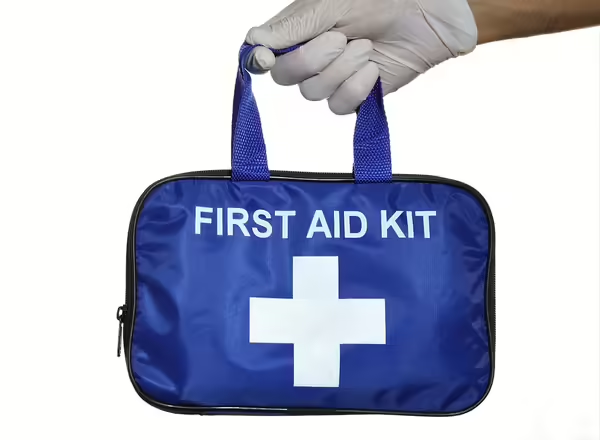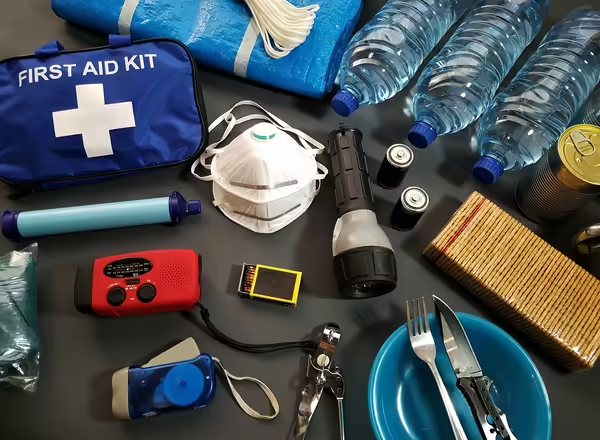
Managing Diabetes During a Disaster
Seasonal disasters like tornadoes, hurricanes, forest fires, and flooding are all too common. Disasters may mean you have to leave your home for a period of time. Being displaced from your home is never easy. Having diabetes places an extra burden in these situations.
Sometimes, there is little or no warning of an upcoming disaster. Making a plan can prevent sometimes life-threatening conditions. Wear a medical I.D. bracelet to identify that you have diabetes. Designate a meeting place for your family.
Evacuation, or a sudden change in your usual living situation, may not allow time to gather all your diabetes medications and supplies.

No matter the type or scale of the disaster, it is wise to have a disaster preparedness plan. Gather important medical information and diabetes supplies in a kit. Place supplies and information in a waterproof container or bag.
- Doctor’s name and phone number
- Type of diabetes
- Other medical diagnoses, allergies, medical history
- Pharmacy name, address and phone number
- List of all current medications and doses
- Photo I.D.
- Contact information for next of kin and/or emergency contacts
- Copy of most recent A1C results
- Make, model and serial number of insulin pump (if using pump)
- Copy of health insurance card

- At least a week’s worth of all medications, including insulin and glucagon, if prescribed
- Extra insulin pump and/or continuous glucose monitor supplies
- Glucometer with extra testing strips, lancets
- Sharp container or plastic bottle to dispose of lancets or needles
- Food or beverages to treat hypoglycemia
- Cooler and reusable cold packs
- First aid supplies
- Extra clothing
- Flashlight and batteries
- Cell phone and charger
- Extra batteries
It is important to be prepared with a supply of non-perishable food supplies since loss of electricity is common during many disasters. Remember to include items to treat low blood glucose. Water supplies can be affected and unsafe to drink.
- A two-day supply of non-perishable food:
- Cheese and crackers
- Foil-packed or canned tuna, chicken
- Nut butters
- High-fiber cereals
- High fiber, high protein granola bars
- Juice
- Fruit cups
- Items to treat hypoglycemia:
- Glucose tablets
- Glucagon (if prescribed)
- Juice
- Hard candy
- Regular soda
- Honey
- Bottled water